After a year of suffering with a painful knee, Elizabeth Winstanley decided she’d had enough.
Her treadmill routine often left her knee irritated and swollen. Ice and rest helped, but the pain returned as soon as she went back to the gym.
She tried yoga but couldn’t kneel on the mat.
“I couldn’t even put my knee down. That’s how sensitive it was,” she said.
Soon, even routine activities at work and home became uncomfortable for Elizabeth, a 42-year-old business systems analyst for Spectrum Health.
She stopped walking the dog every day. That was tough—for the dog and for Elizabeth. It broke her heart to say no to the pleading eyes of Bella, her 3-year-old golden retriever.
“I knew I was down and out,” she said.
Looking for relief, she turned to Kendall Hamilton, MD, the Spectrum Health orthopedic surgeon who repaired her rotator cuff several years earlier.
A physical exam, X-rays and ultimately an MRI led to her diagnosis: a tear in her meniscus, the C-shaped pad of cartilage that acts as a shock absorber in the knee.
Meniscal tears are among the most common knee injuries, Dr. Hamilton said. About 850,000 cases occur each year—affecting 61 of every 100,000 Americans.
“Over time, the meniscus can lose blood supply. It starts to degenerate after 35, making it more vulnerable to injury,” he said. “It is most commonly injured in activities that involve twisting and flexion of the knee.”
When the meniscus becomes trapped between the bones and is unable to resist the pressure exerted on it, it tears. The torn cartilage becomes caught in the joint, causing pain, inflammation and sometimes a locked knee.
“If the tear is in a region that doesn’t have a good blood supply, it won’t heal on its own,” Dr. Hamilton said.
That was the case with Elizabeth’s knee. Despite other treatments, such as anti-inflammatory medication and restricting activities, the pain increased steadily.
They scheduled surgery—a menisectomy—in which the surgeon removes the damaged part of the meniscus and leaves healthy tissue behind. The procedure “is very, very successful at reducing pain,” Dr. Hamilton said.
On a late summer day, Elizabeth arrived at the outpatient surgery center at Spectrum Health South Pavilion for the operation.
Dr. Hamilton performed the arthroscopic surgery, working through two small incisions in her right knee.
In one incision, he placed a thin tube containing a camera and light. It transmitted a real-time picture of the interior of her knee to a monitor over the operating table.
Trimming the cartilage
On the monitor, the inside of Elizabeth’s knee looked a bit like a snow globe, a watery space with tiny white flecks floating about.
Through a second incision, Dr. Hamilton placed an instrument with a tiny, cone-shaped tip and a motorized biter. He used it both to trim the ragged edge of the meniscus and suction out the small pieces of cartilage.
The surgery took 10 minutes.
“It’s a short but effective operation,” Dr. Hamilton said afterward. “Not all knee surgeries are like that.”
As Elizabeth recovered, Dr. Hamilton showed before and after pictures of her knee to her husband, Chris.
“The meniscus, as we described, is a torn pad in between the bones. You can see where it’s shredded,” he said. “Think of like a fingernail that’s hanging on still. It pulls when she walks, so that’s very painful.”
He removed about 50 percent of the back of the meniscus. The rest of her knee looked healthy, he added.
About an hour after the operation, Elizabeth stood—with help. She took her first steps, with full weight-bearing.
She went home that afternoon. Two days later, she visited a physical therapist at Spectrum Health’s Outpatient Rehabilitation Center in Sparta to begin therapy. She learned exercises to perform at home, to improve her recovery.
“You can tell it’s irritated in there, but there’s no swelling,” she said. “I think it went awesome.”
Three weeks later, Elizabeth returned to most activities at work and home. The site of the operation was barely noticeable. She saw only a tiny mark, which looked like a scratch on her knee.
She felt a tug in her knee sometimes when she moved it at a certain angle. But she felt strong enough to walk Bella for the first time in months.
As soon as she said the word, “walk,” Bella sat eagerly and waited for her harness and leash.
“She looked like a kid,” Elizabeth said. “She was ecstatic and she had her ears perked up.”
The half-mile stroll left both of them tired but happy.
“It was nice to be outside in the fresh air,” she said. “I felt like I was getting a bit of my life back.”
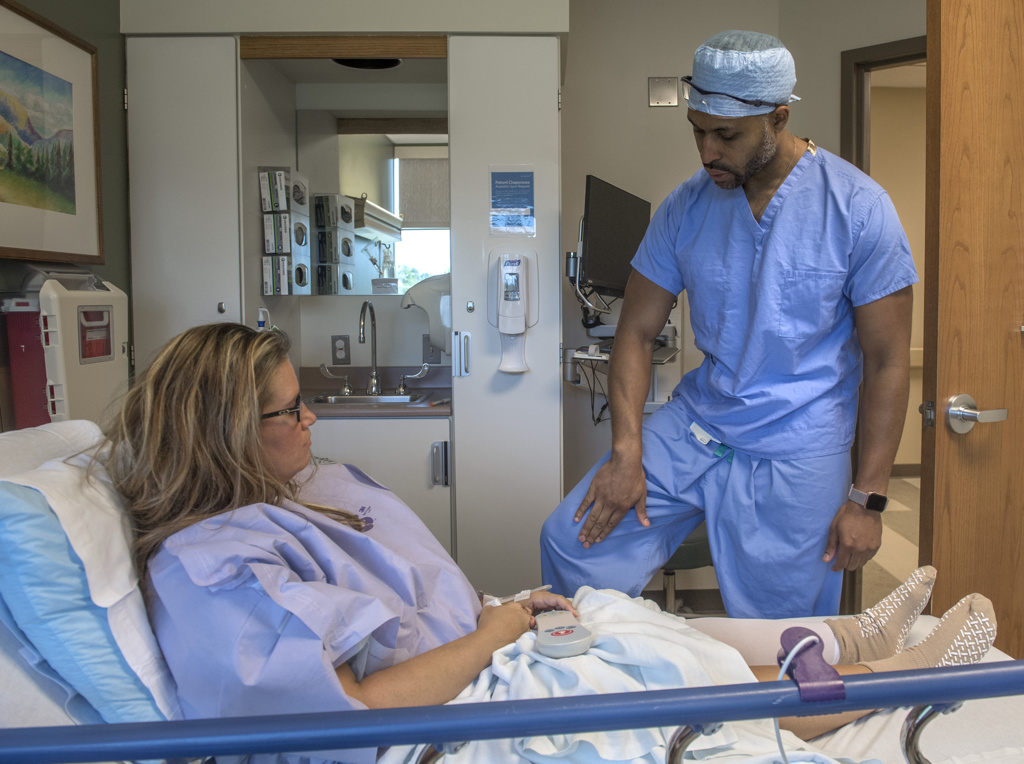
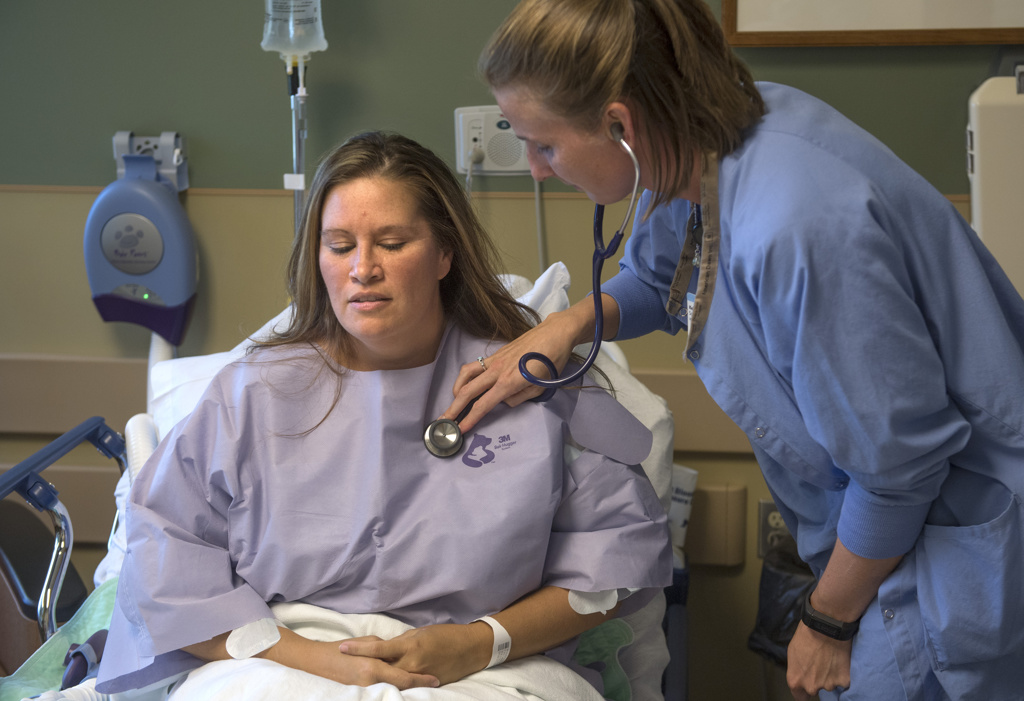
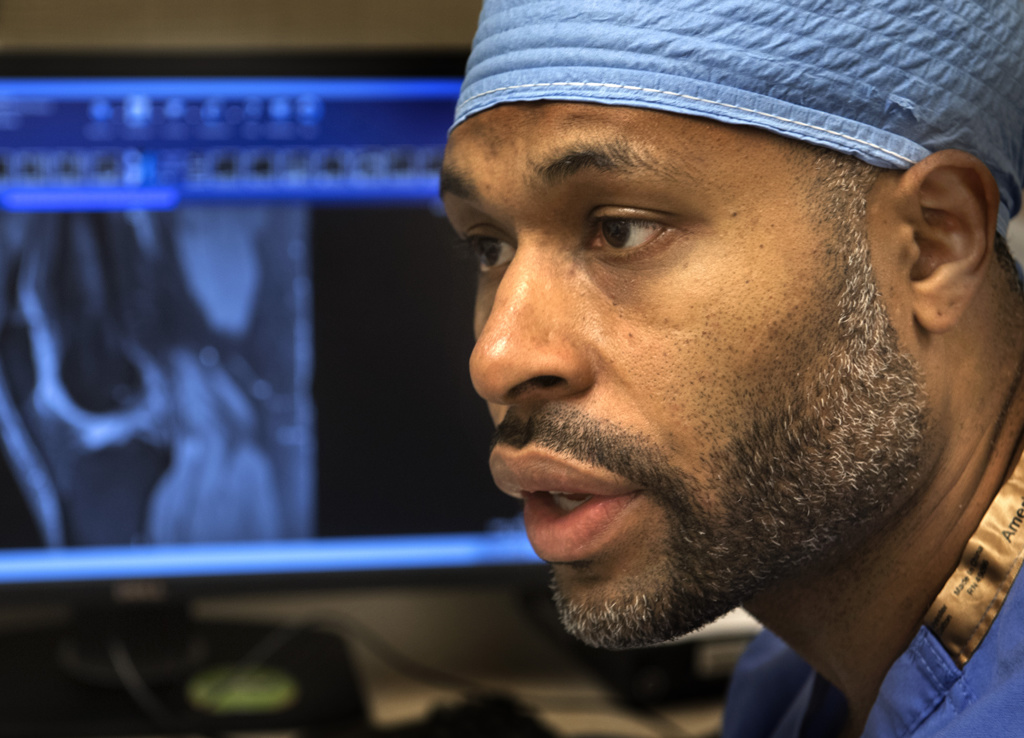

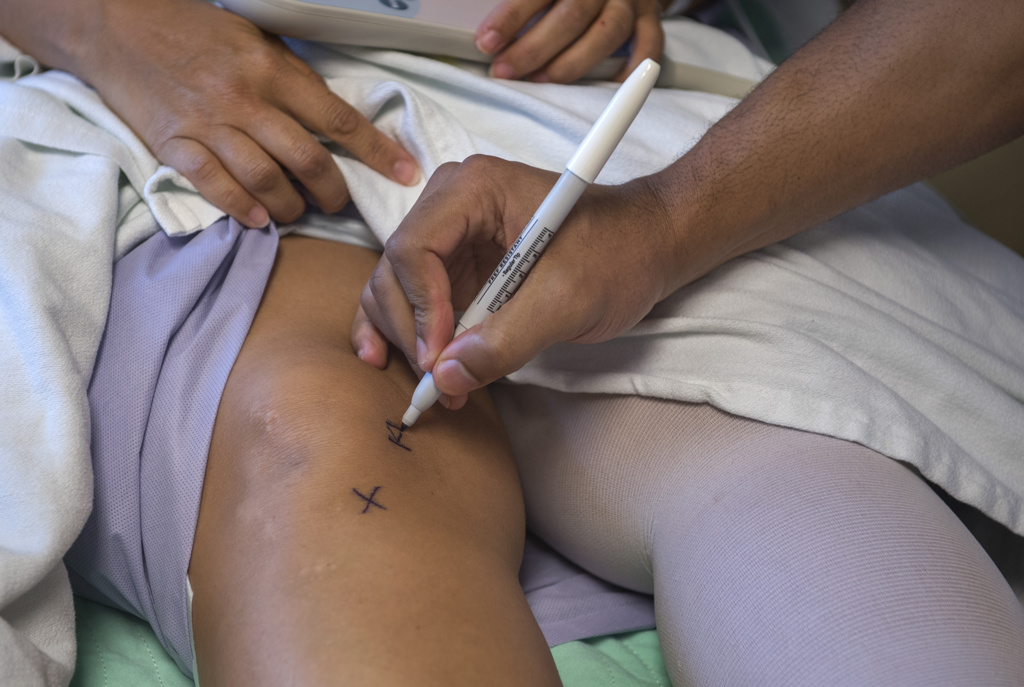
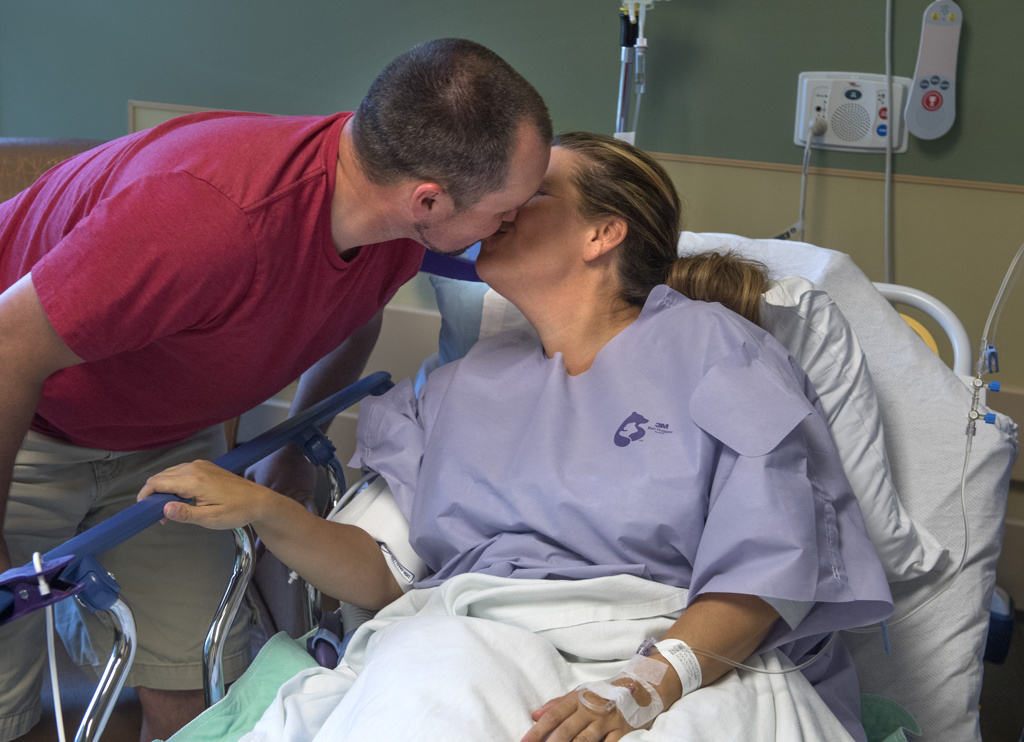
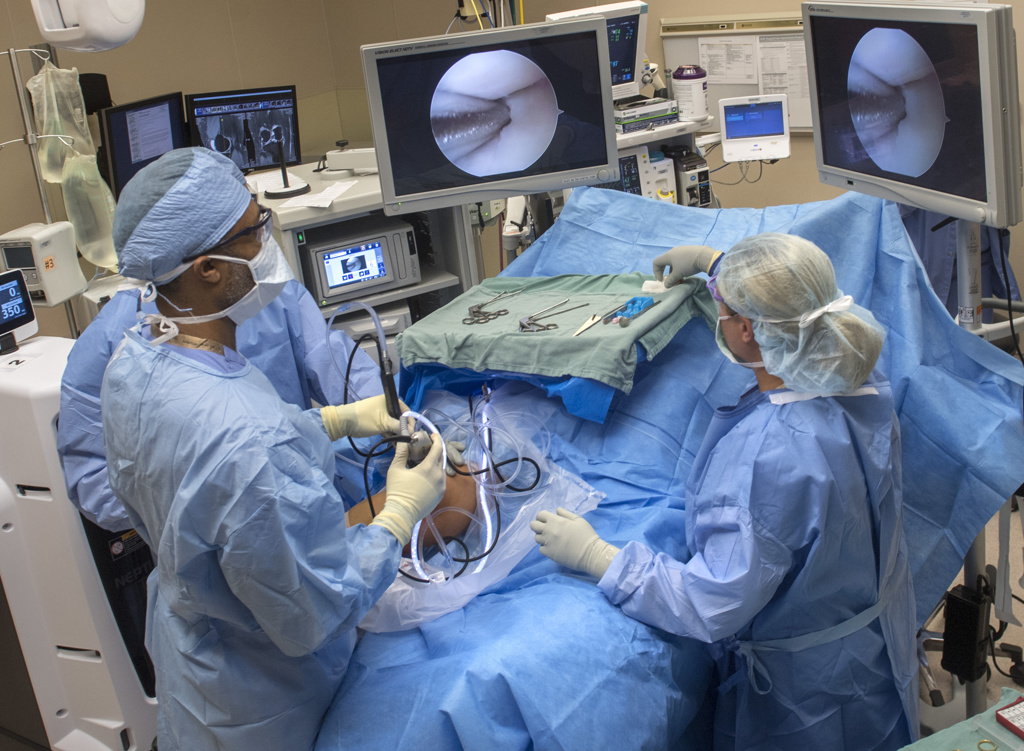
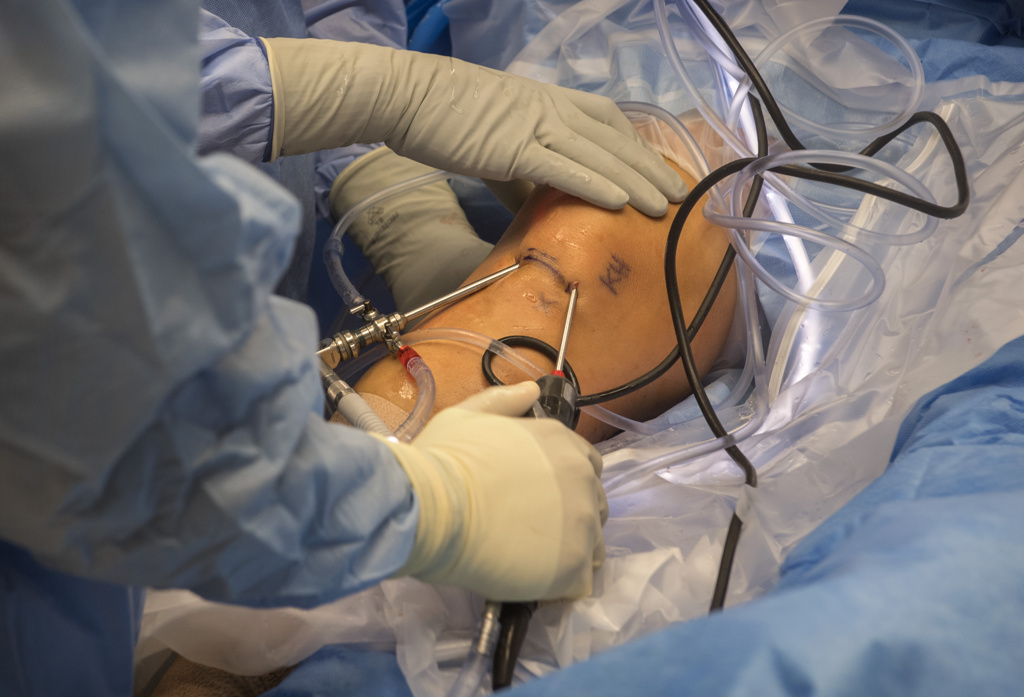


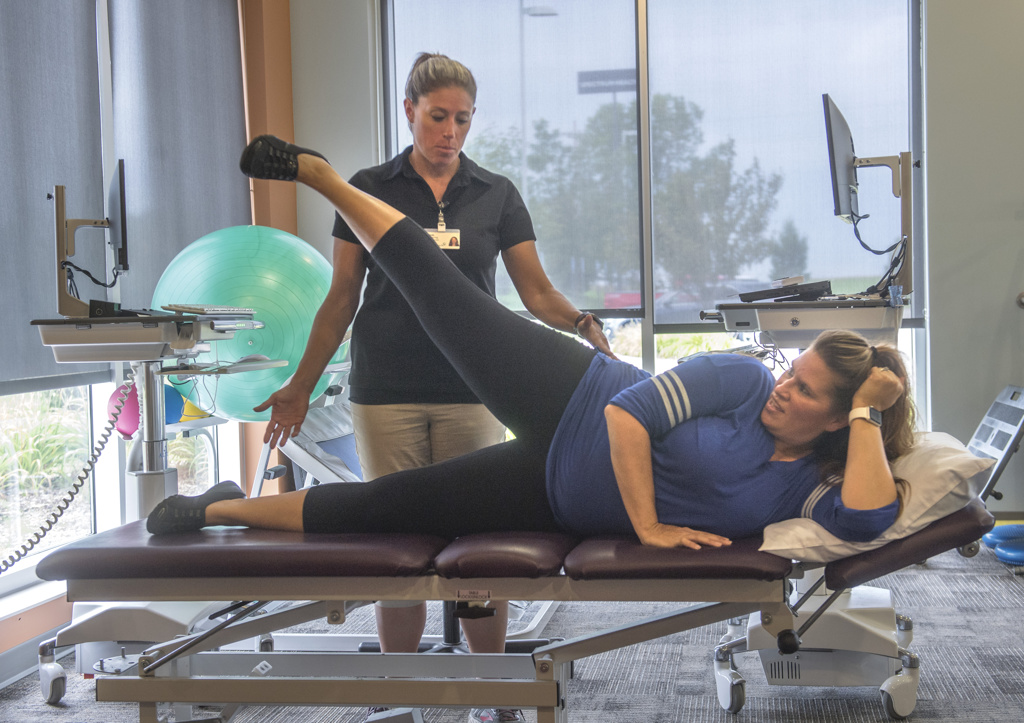
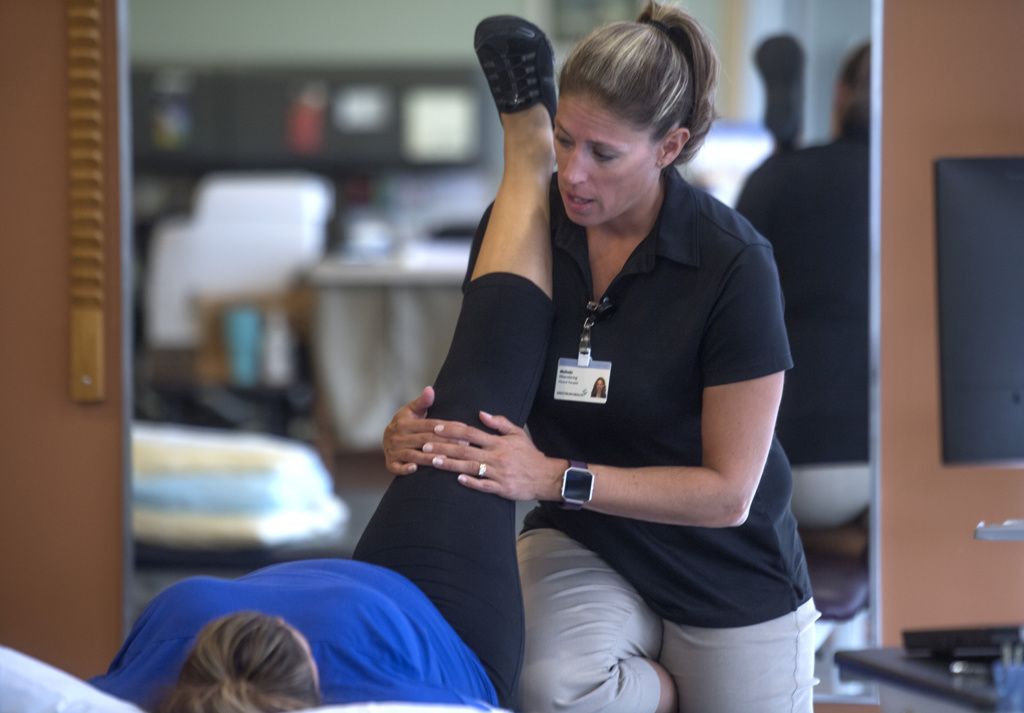
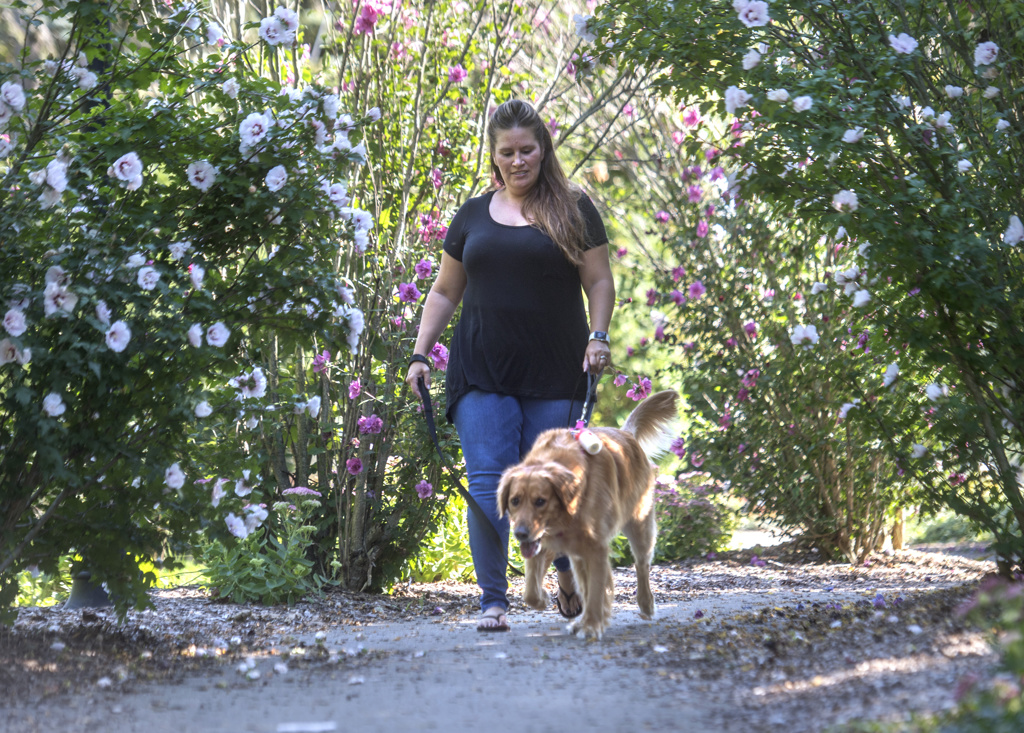
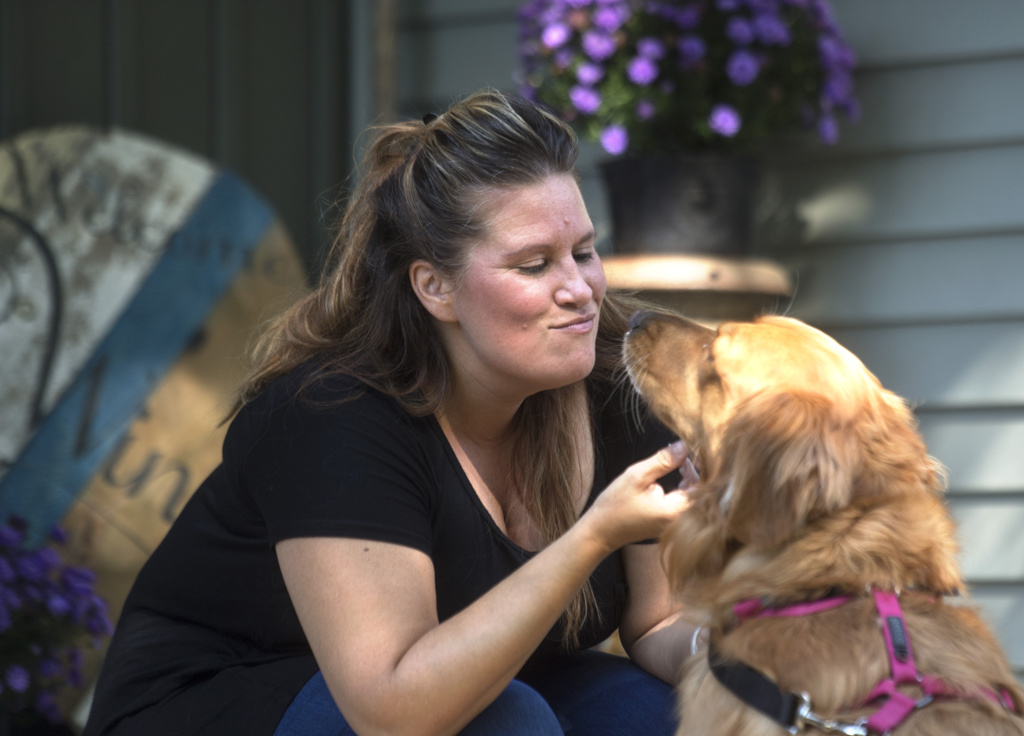
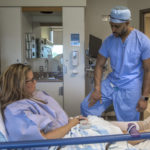


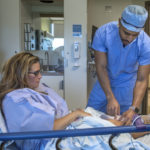
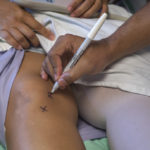
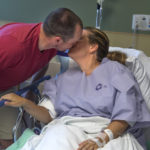
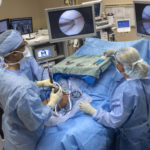








 /a>
/a>
 /a>
/a>
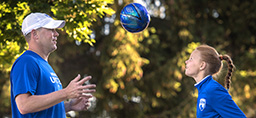 /a>
/a>